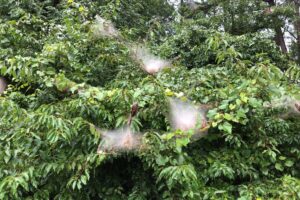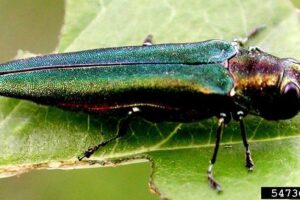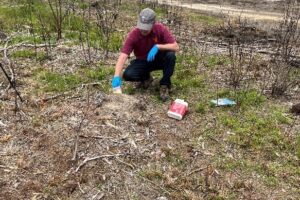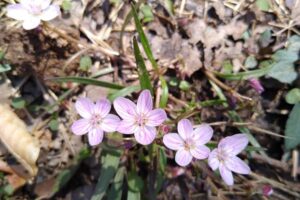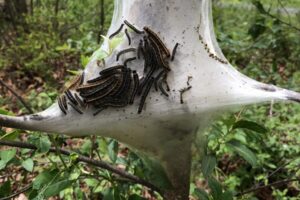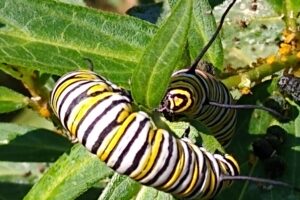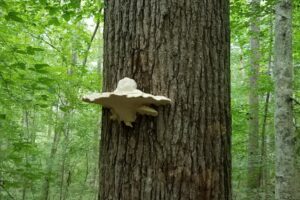What’s in the Woods: September
September 18, 2024 - This time of year there are several berry-producing shrubs in Virginia. Let’s compare two you’re likely to see: the native spicebush (Lindera benzoin) and invasive amur honeysuckle (Lonicera maackii). Spicebush is hardy to various soil conditions, produces pollinator-friendly yellow blooms in spring and golden fall foliage, hosts the stunning spicebush swallowtail butterfly, and its berries are a favorite of many songbirds. Amur honeysuckle is an imported non-native and has become... Read More



